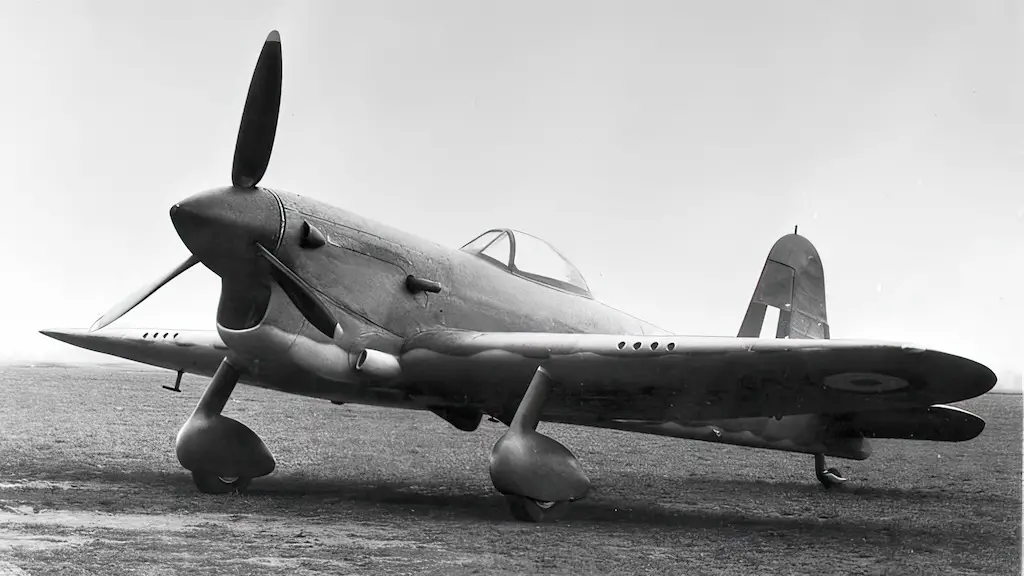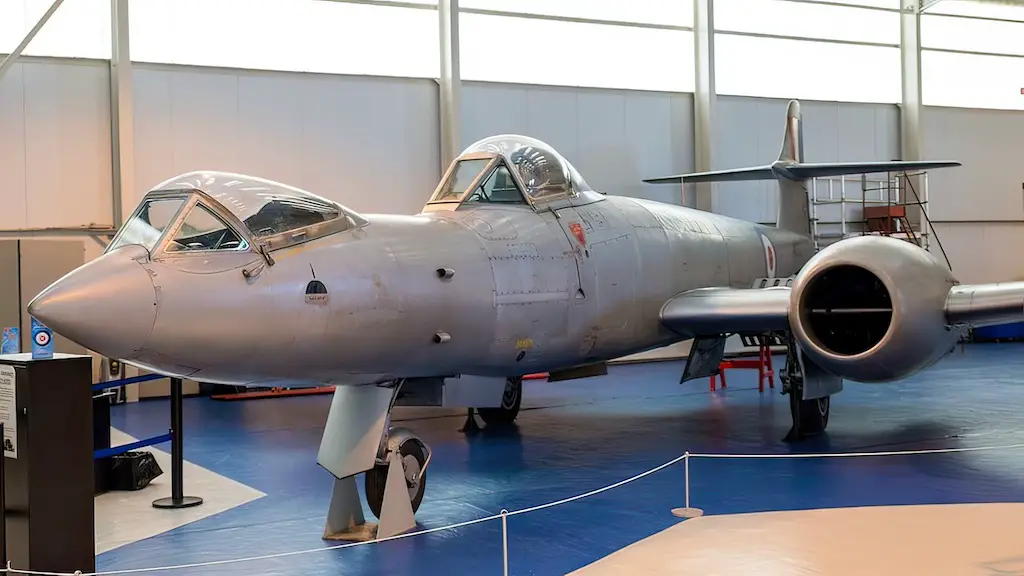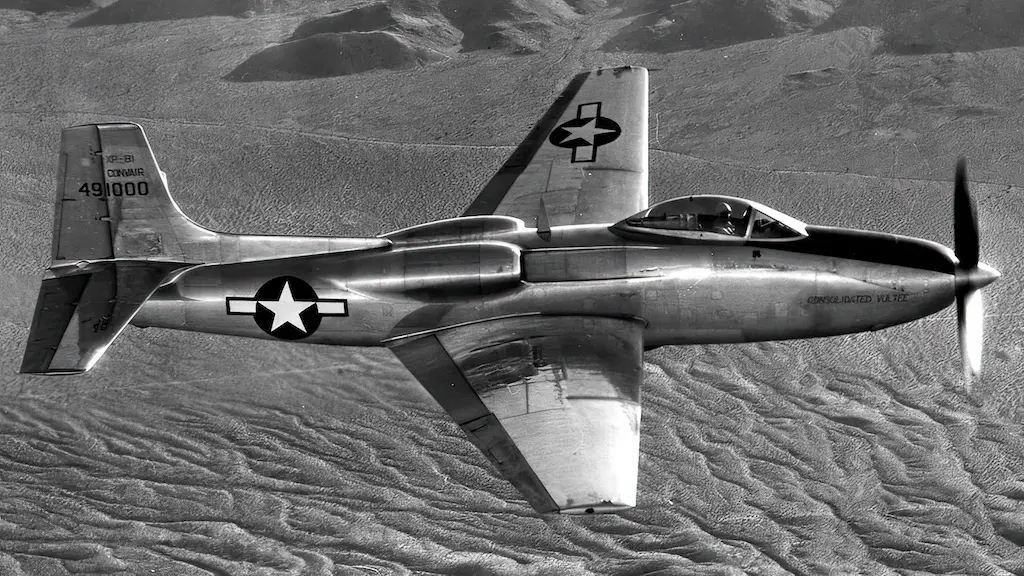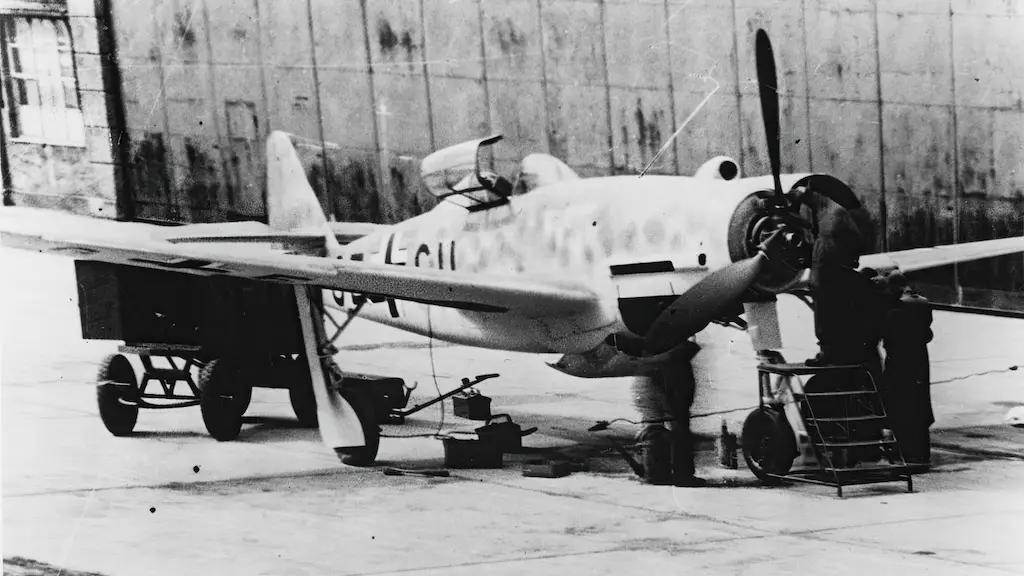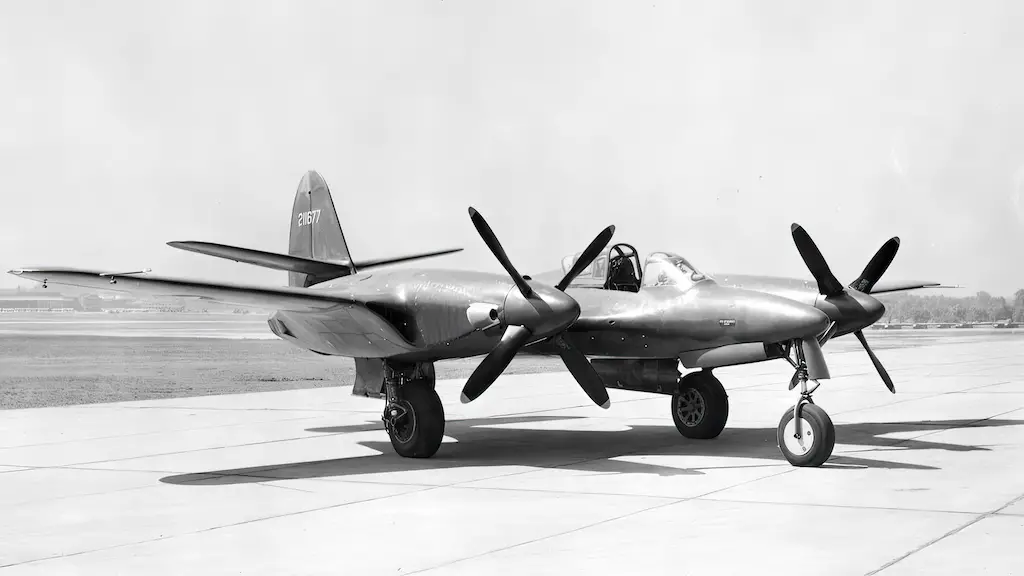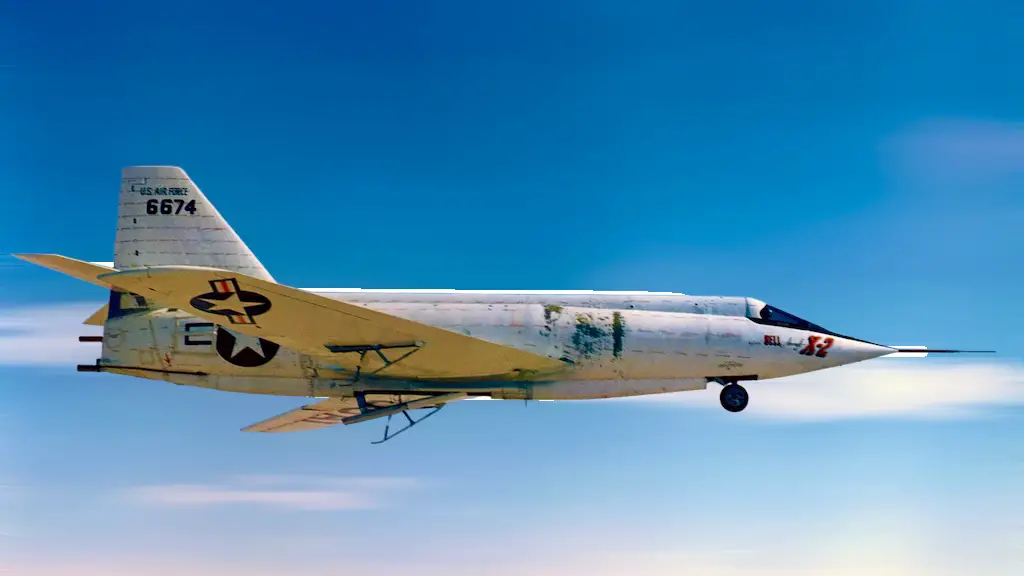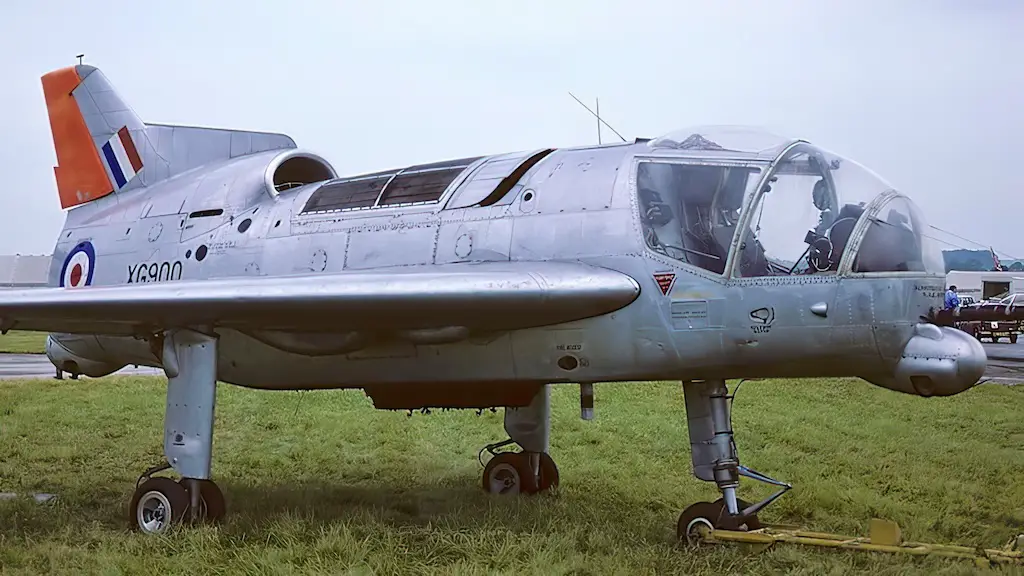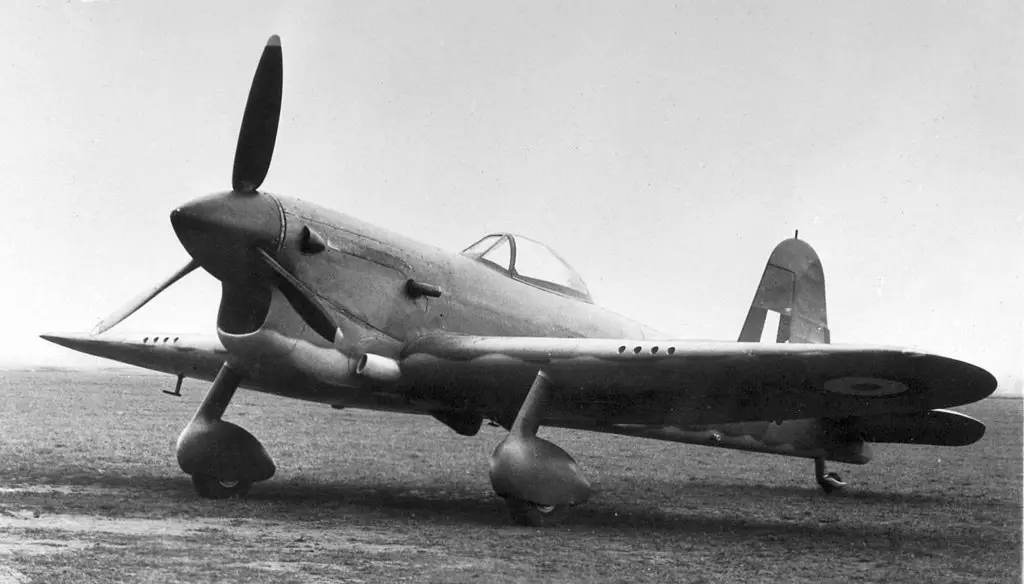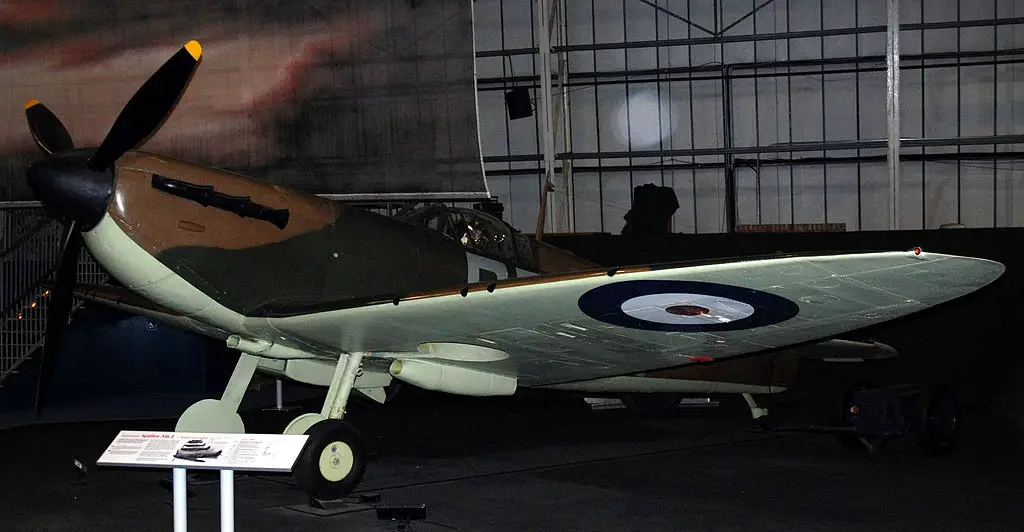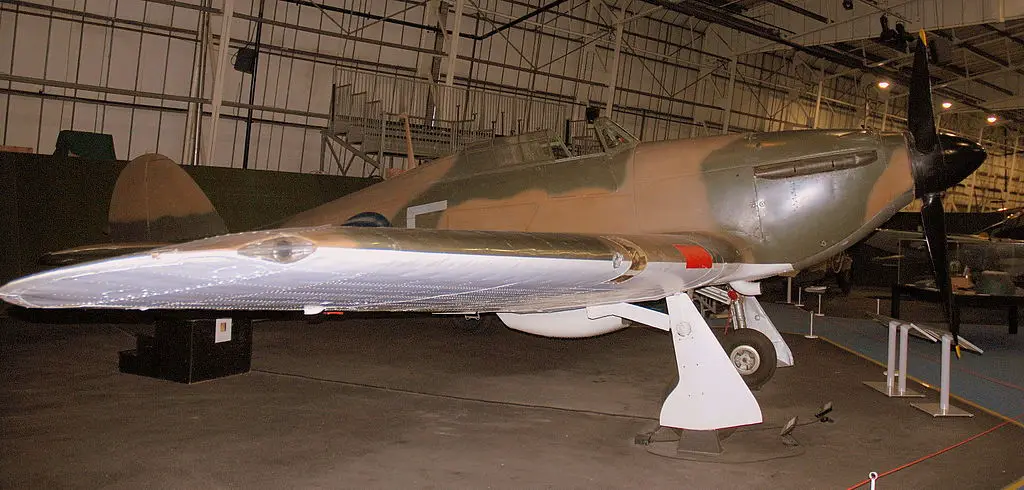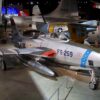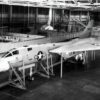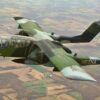The turbulent atmosphere of the Second World War spurred innovation in unexpected ways. Rising from this era of urgency was the Miles M.20, developed by Miles Aircraft in 1940. Crafted as an “emergency fighter,” it was the UK’s contingency should the production of the Royal Air Force’s iconic Spitfires and Hurricanes falter due to anticipated German bombings. The M.20’s existence was a testament to Britain’s foresight, preparing for a potential invasion that threatened to disrupt its aerial stronghold.
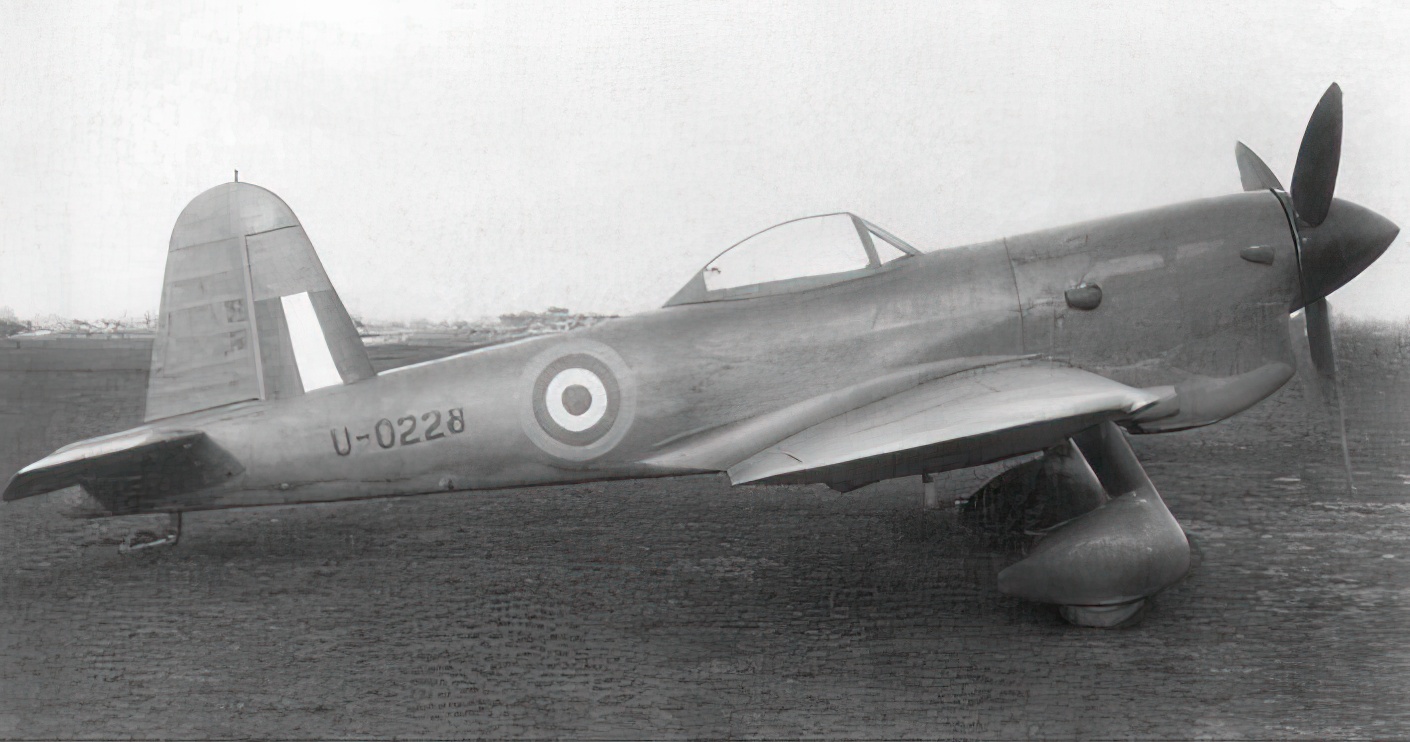
Crafting a Solution
Amidst looming fears and uncertainties, the M.20 was conceived. Designed and built in a mere 65 days, it epitomized rapid innovation. The design focus was clear: simplicity for swift mass production. This would ensure that if the RAF’s frontline fighters were hit hard, the M.20 could step in, maintaining Britain’s dominance in the skies.
The M.20’s Engine
Driving this sentinel of the skies was the powerful Rolls-Royce Merlin XX engine. A favorite in its era for its reliability, this engine churned out up to 1,280 hp, letting the M.20 touch remarkable speeds. Additionally, the engine’s strategic placement provided it with enhanced protection, making the aircraft less susceptible to damages in combat scenarios.
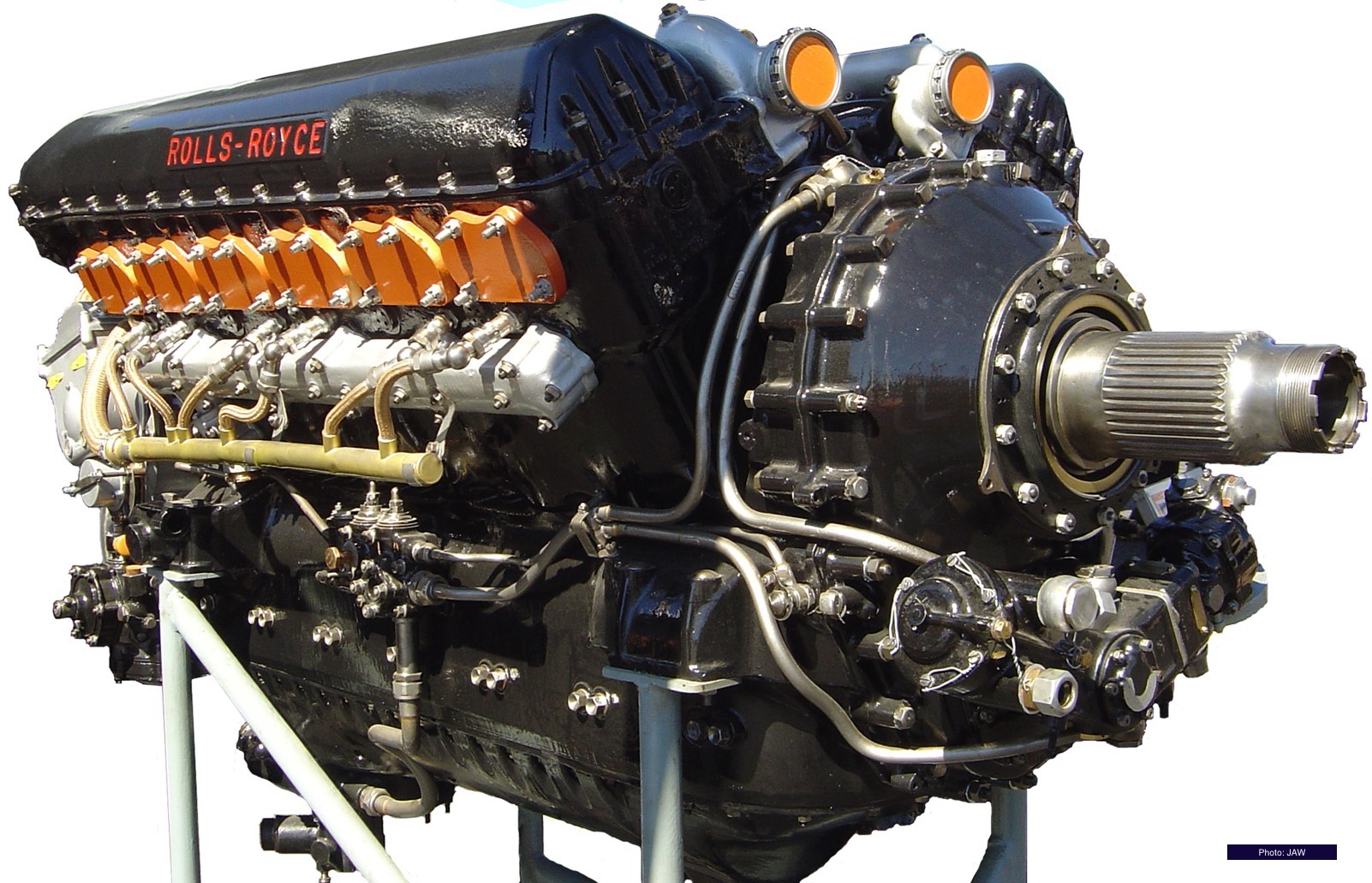
Flight Characteristics and Handling
Graceful, yet formidable, the M.20 was lauded for its flight performance. With the capability to clock over 300 mph and unparalleled stability, it was a force to reckon with in aerial duels. Pilots found the M.20’s controls intuitive and responsive, a combination that could outmaneuver foes with ease. A broad undercarriage further bolstered its flight advantage, ensuring safer landings.
Locked and Loaded
Ready for battle, the M.20 came equipped with firepower that would make adversaries think twice. Four 0.303-inch Browning machine guns, with a generous 1,000 rounds per gun, ensured that the aircraft could hold its ground and dominate in combat scenarios, making it a formidable adversary.
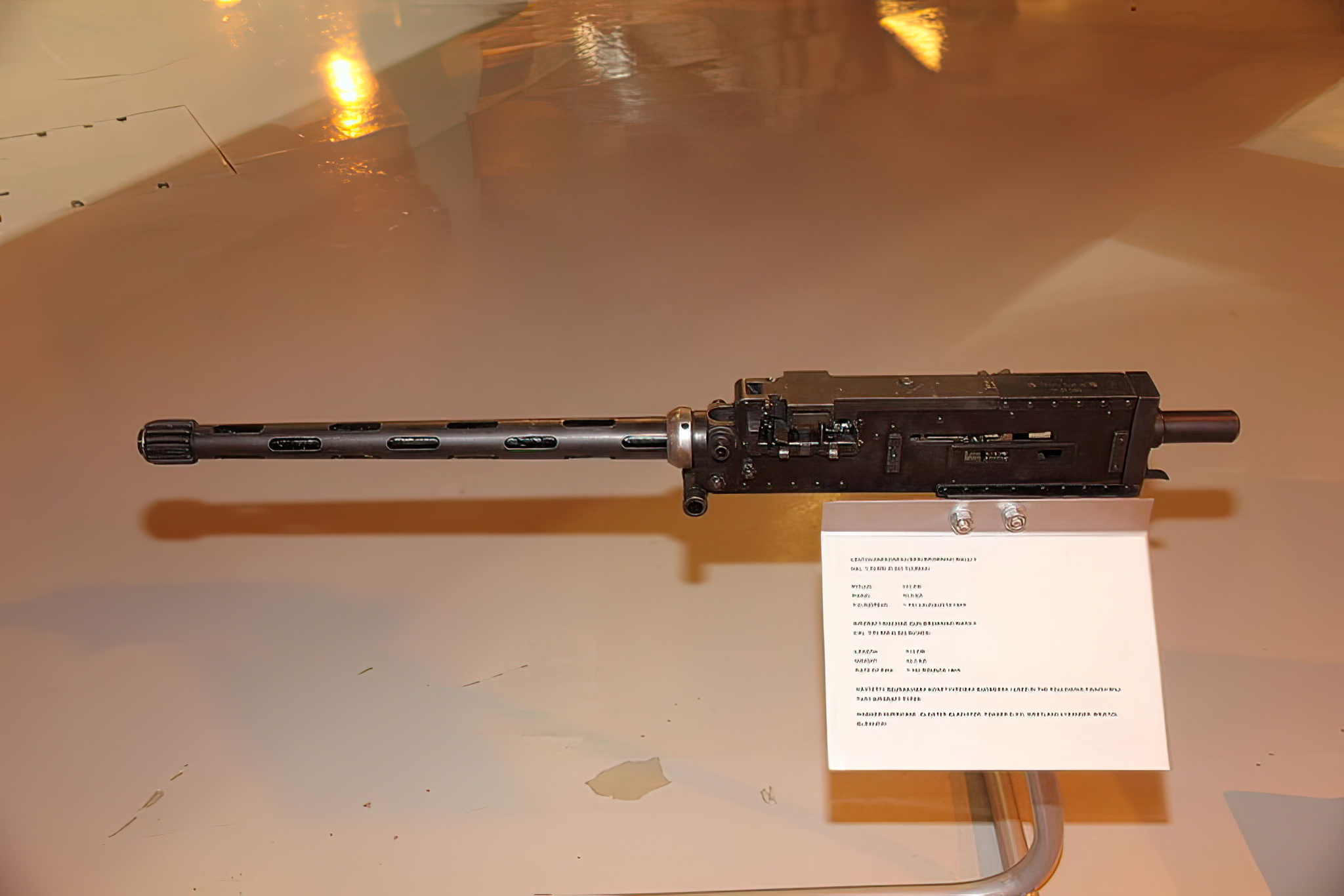
Simplicity
At a glance, the M.20’s design was strikingly different from its contemporaries. While the Spitfires and Hurricanes were intricate marvels, the M.20 championed simplicity. With its clean lines, broad wings, and a minimalistic layout, the aircraft exemplified the principle of form following function. This design approach wasn’t just a stylistic choice; it was strategic. Fewer components meant faster production times and easier repairs. The aircraft’s design mirrored its mission – to be a rapid response to unforeseen challenges, devoid of any unnecessary frills.

A Premature End
Yet, for all its promise and potential, the M.20’s journey was curtailed. As the RAF began to reclaim its stance and German bomber threats receded, the pressing need for the M.20 faded. The evolving dynamics of the war, coupled with advancements in other frontline fighters, rendered the M.20’s purpose less critical, culminating in the heart-wrenching decision to cancel its production.
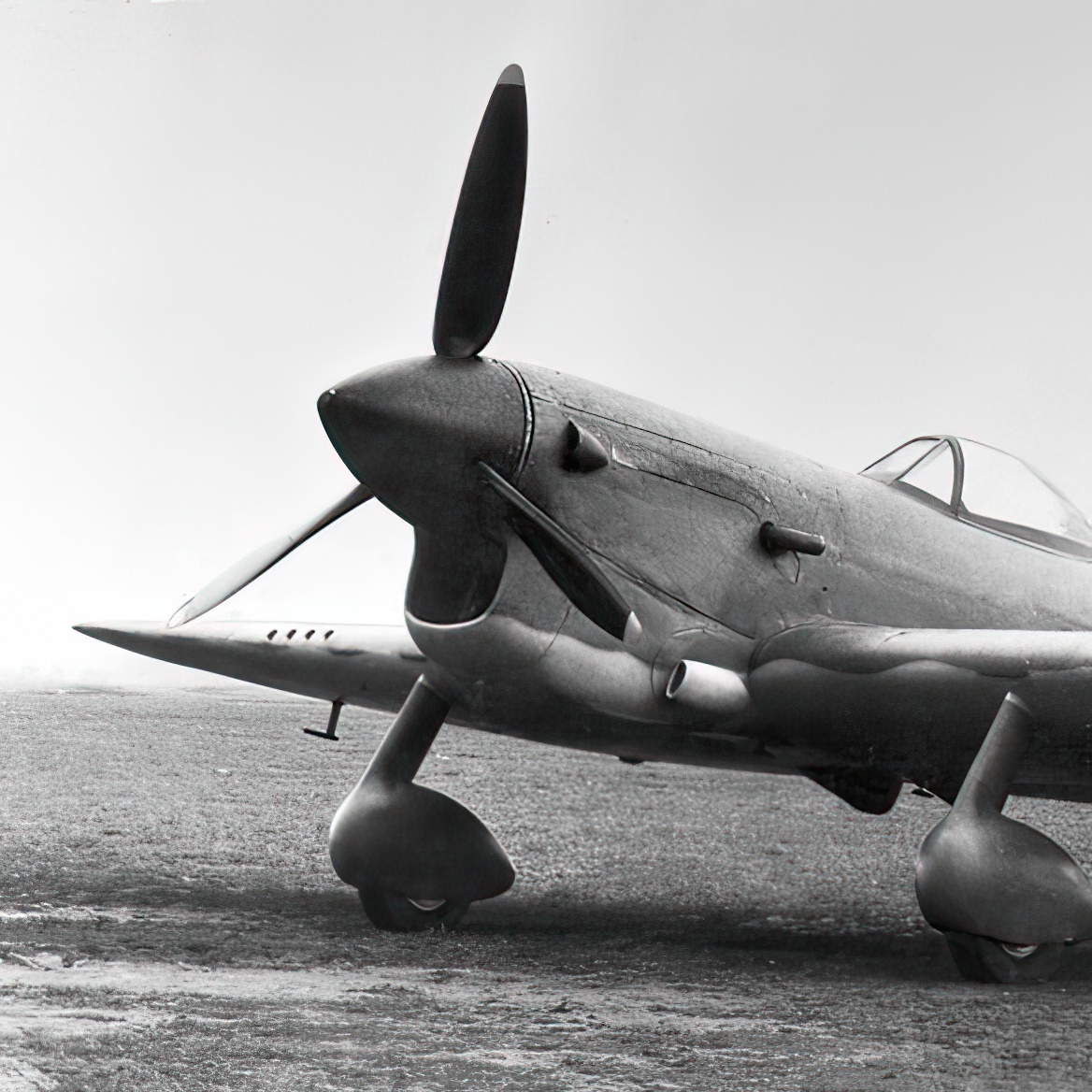
The Impact of the M.20
Although the Miles M.20 never reached mass production or saw extensive combat, its influence extended beyond its brief existence. The aircraft became a blueprint for rapid design and manufacturing under constraints. Future aircraft engineers and designers studied its development process, drawing lessons on how to innovate efficiently under pressure. Moreover, the M.20 underscored the importance of backup plans in warfare, highlighting that an agile response could be just as potent as well-established defenses.

